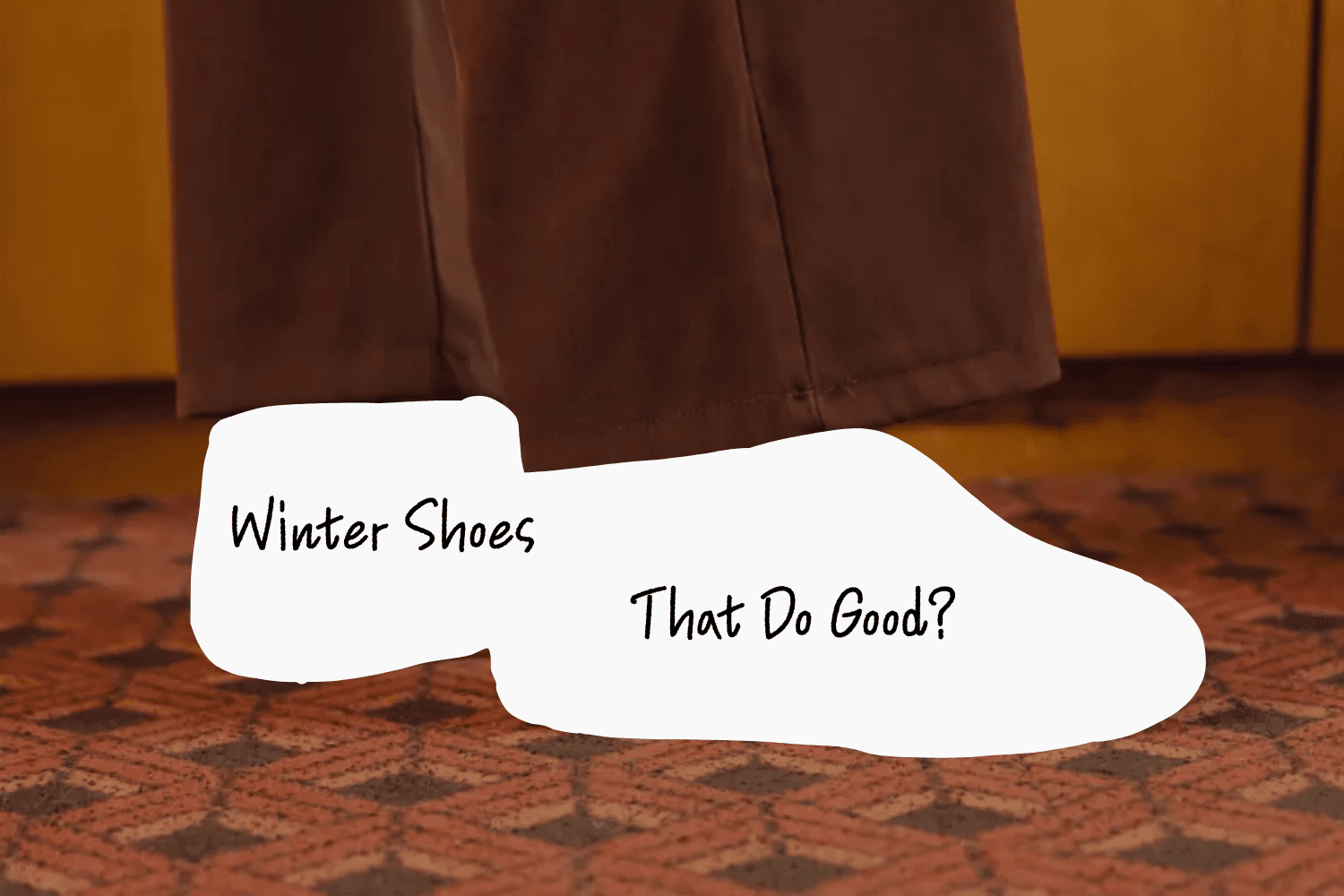Nike continues their journey to transition into a circular business model, the brand is exploring themes like circular packaging, durability, versatility of products, and refurbishment.
Nike is taking a stand for the future of our planet with Move to Zero, the brand’s ambitious journey toward zero carbon emissions and zero waste. As one of the biggest names in sportswear, Nike recognizes its responsibility to reduce its environmental footprint and lead the fashion industry toward a more sustainable future.
 Image Source Nike
Image Source Nike
The question remains: Can a global giant like Nike achieve zero waste and zero carbon? Let’s explore how the brand is tackling this challenge and what it means for the future of fashion.
Extending the Life of What We Already Own
Nike is exploring solutions to product durability; the debate continues if we should produce high-quality items or focus on the products currently in circulation. The Swoosh presents concepts like product composition and deconstruction to facilitate repairs and replacements, providing customers with repair kits and creating digital educational resources. (How-to's and map of repair stores in the area)
 Image Source Nike
Image Source Nike
Nike's items are produced from an infinite type of materials and blends, this makes the recycling process that much more complex, with materials like water-repellant and reflective finishes that could be problematic for the company to repair.
From Micro Trends to Versatility and Durability
Nike is confronted with the utility that their products will serve the consumer.
As part of Move to Zero, Nike is rethinking their product design to create items that easily adapt to growth, style, trends, gender, activity, and purpose. By focusing on versatility and longevity, Nike aims to reduce waste and extend the lifecycle of its products.
 Image Source Nike
Image Source Nike
Exploring adjustable fits, modular designs, and gender-inclusive styles that can evolve with time could be a game changer for sustainability. Additionally, Nike researches multi-purpose performance gear, ensuring that products seamlessly transition between sports and consumer activities while maintaining durability and timeless style.
Circular Packaging
Nike also presents circular and purposeful packaging that can be easily recycled and repurposed. Approaching packaging concepts as a tool could benefit Nike by incorporating the design into the product or reducing unnecessary packaging as a step toward sustainability. The company could use biodegradable packaging alternatives instead of plastics and other materials that are difficult to recycle.
Rethinking Sustainability at Nike
Nike’s journey toward a circular business model through its Move to Zero initiative highlights its commitment to reducing carbon emissions and waste, positioning the company as a leader in sustainable fashion. However, Nike faces challenges such as complex material compositions and balancing durability with style, all while reducing carbon emissions.
 Image Source Nike
Image Source Nike
The brand’s exploration of modular designs, adjustable fits, and repair solutions presents a shift in business models from traditional linear consumption to a more sustainable, closed-loop approach. This shift aligns with Nike’s environmental goals and sets a precedent for the wider fashion industry, proving that even global giants can drive meaningful change.
Make sure to more about Nike's journey toward sustainability and circularity in our Reflawn News!
What is Nike’s Move to Zero?
Move to Zero is Nike’s ambitious journey toward zero carbon emissions and zero waste and a transition into a circular business model.
How is Nike extending the life of its products?
Nike is focusing on durability by exploring solutions like product deconstruction, materials, repair kits, and digital resources to help customers repair their items.
What does a circular business model mean for Nike?
A circular business model focuses on rethinking how products are designed, used, and disposed of. Nike is exploring strategies like circular packaging, product durability, versatility, and refurbishment to create a closed-loop system that minimizes waste and reduces environmental impact.


.png&w=3840&q=75)



.jpg&w=3840&q=75)


